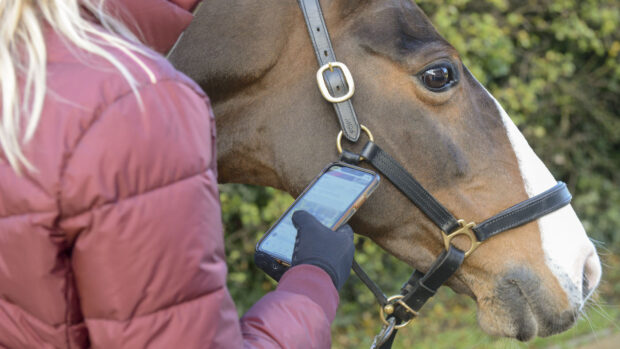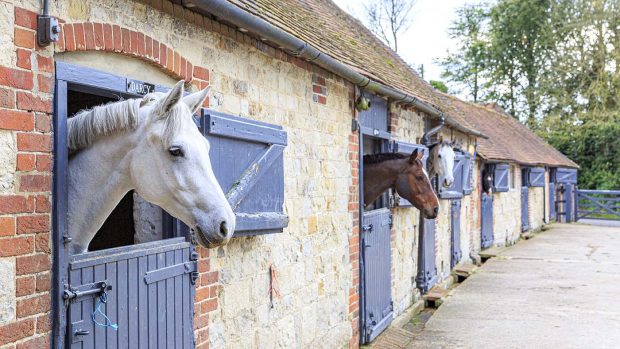Doing research
Once you’ve narrowed down your choice of yard to a few possibles, it’s time to do some thorough research.
Consider the following:
Which type of livery?vFull and part livery – responsibility for watering, feeding, care of box and bedding, grooming, exercise, tack cleaning, worming, teeth inspection and call out of vet or farrier as necessary should be clearly defined.
Working livery – as well as the responsibilities listed under full livery, the conditions under which a horse can be worked should be specified. These should include: the hours of work per day, plus restrictions on the type of work and rider.
DIY – make sure it is clear who is responsible for watering, feeding, turning out, checking, provision of facilities, forage, bedding, concentrate feed, worming, teeth inspection and call out of vet or farrier.
Grass – add to the general agreement who is responsible for the following: watering,and where necessary supplementary feeding, checking the horse, worming, teeth inspection, security of fencing, care of pasture and rotation of horses between paddocks and emergency call out of vet or farrier




